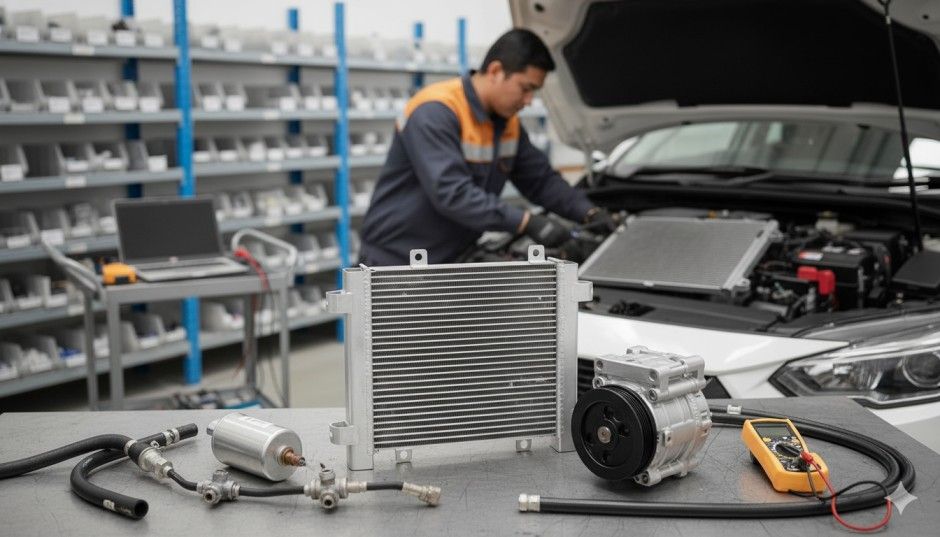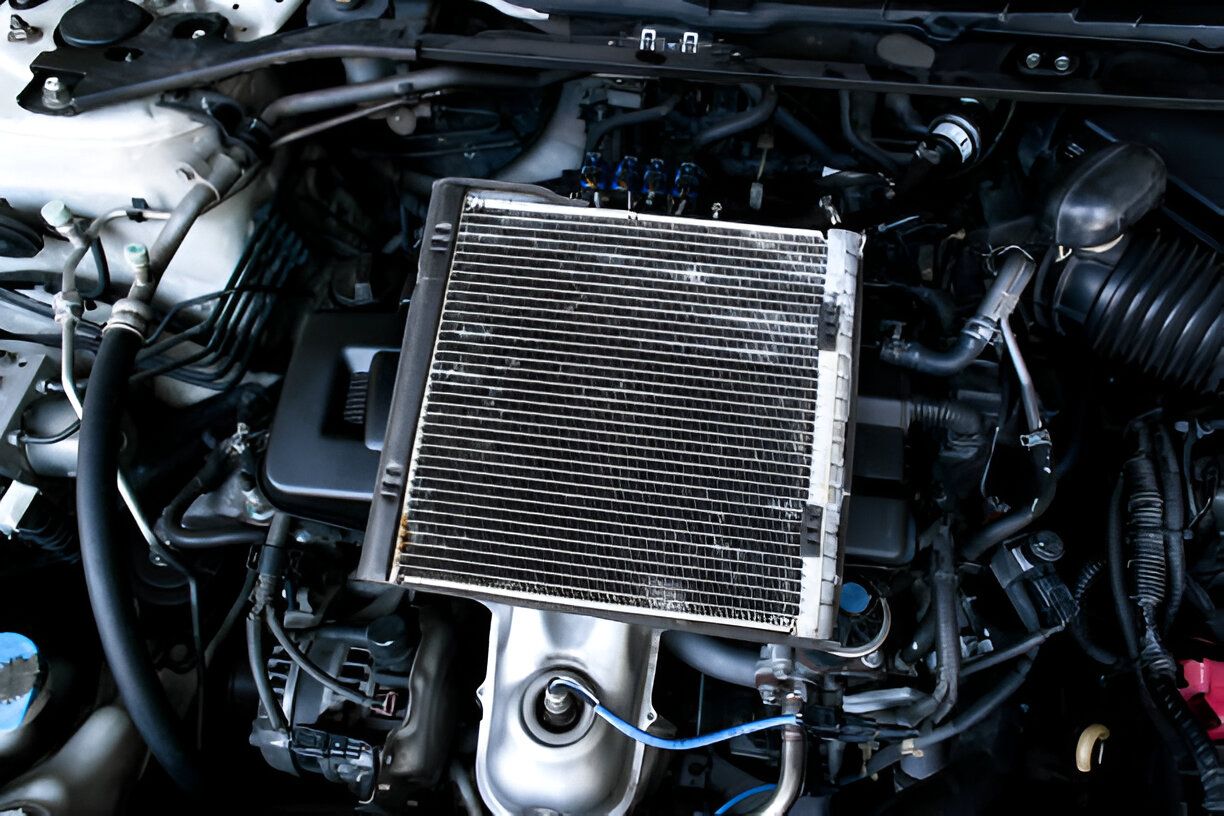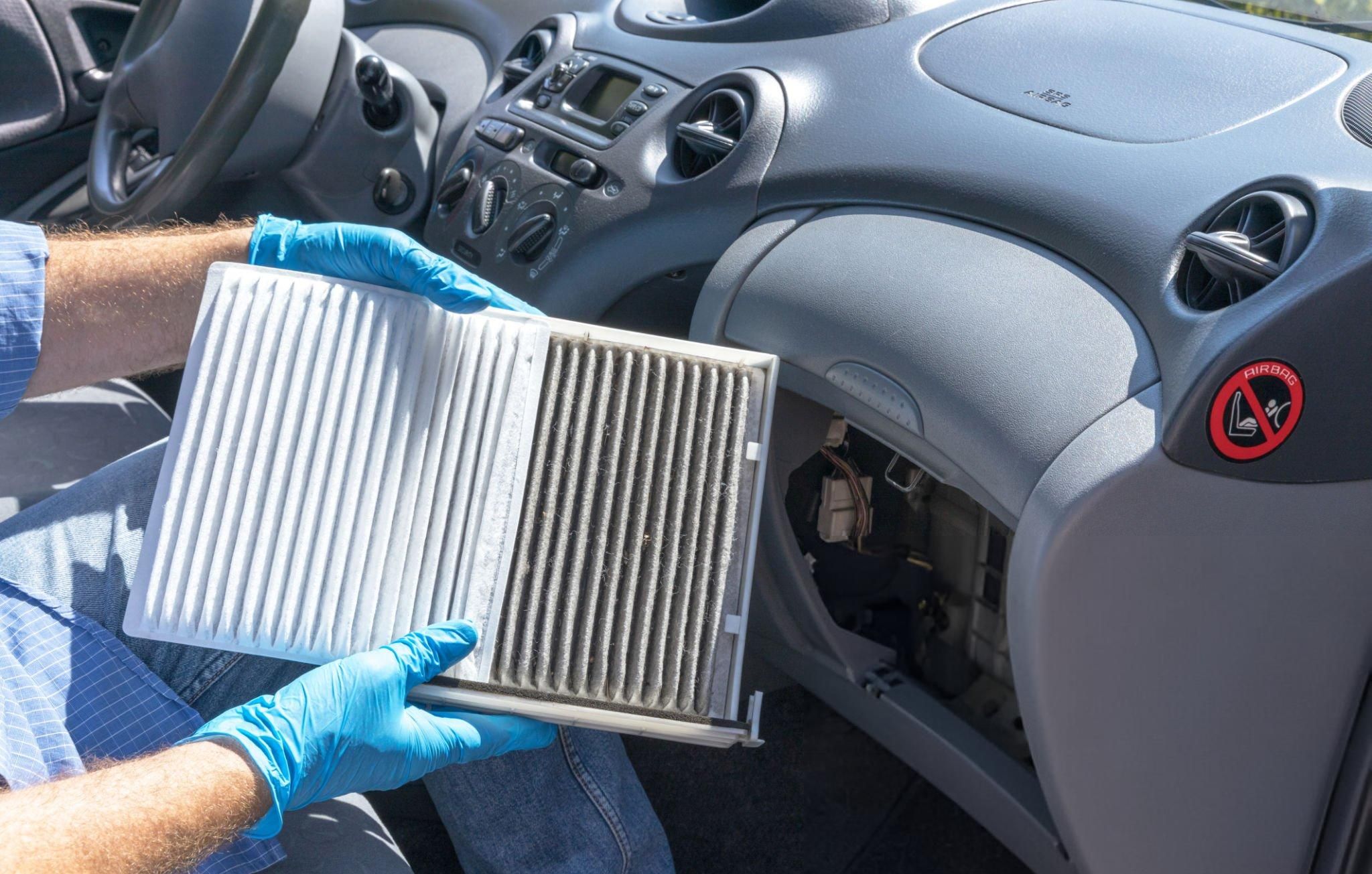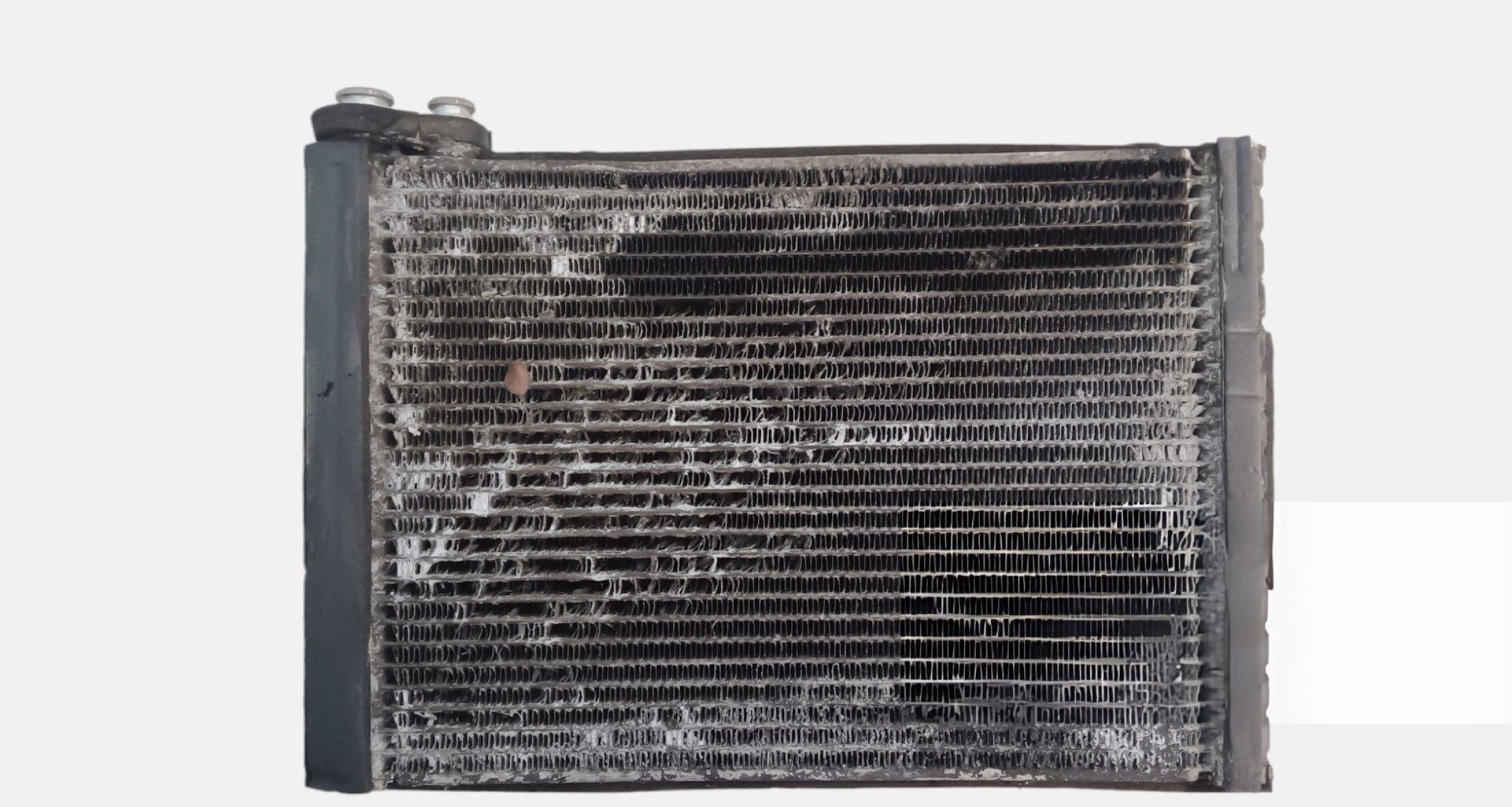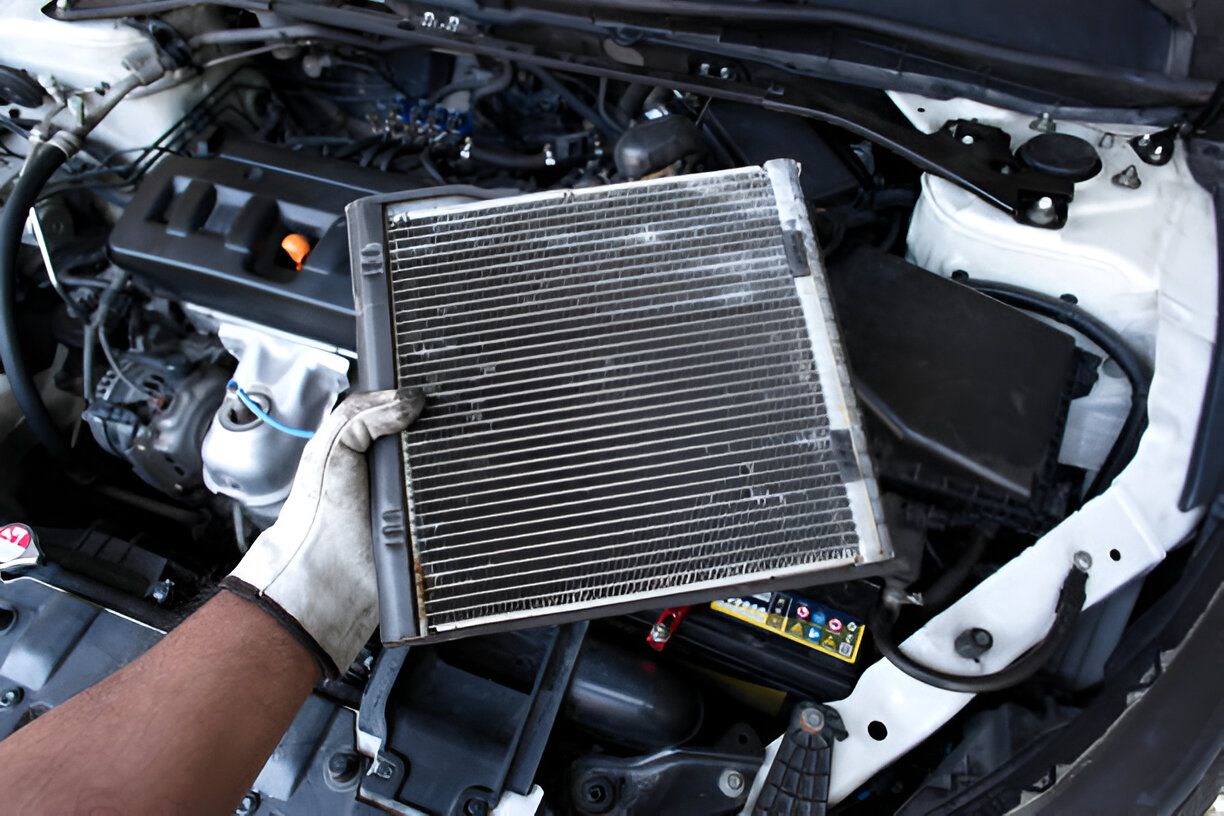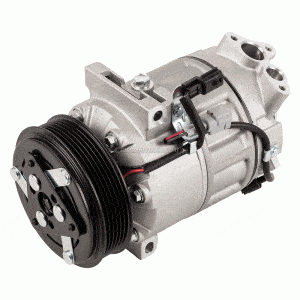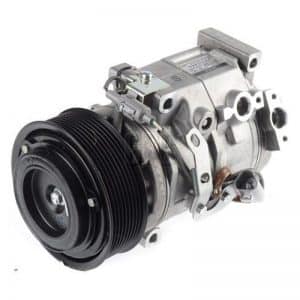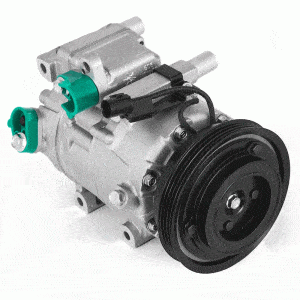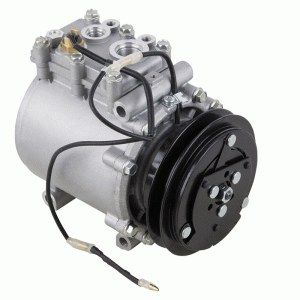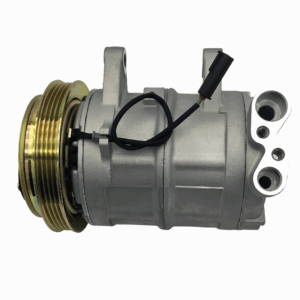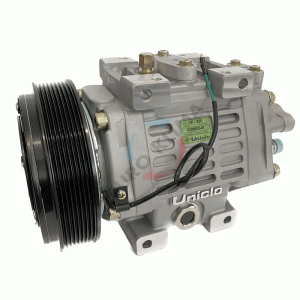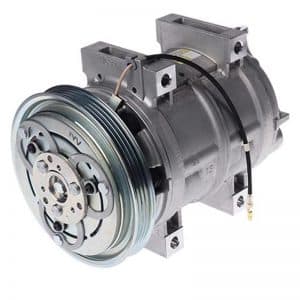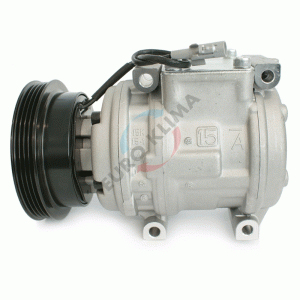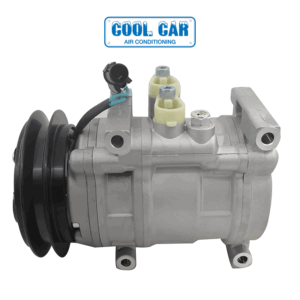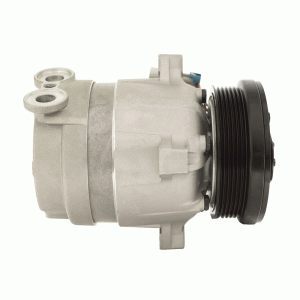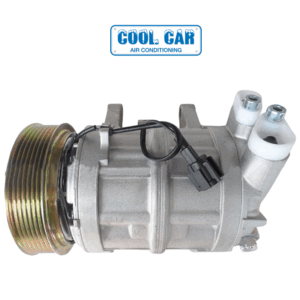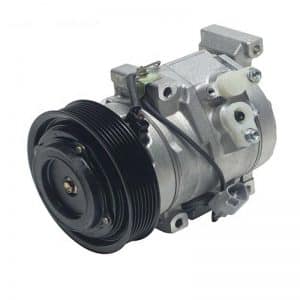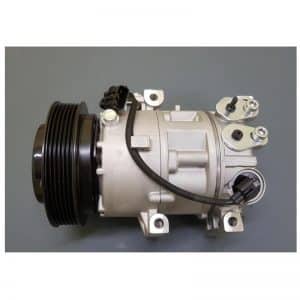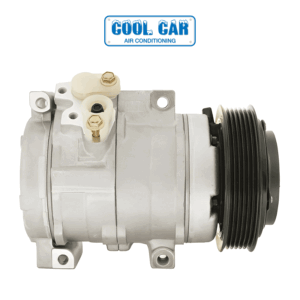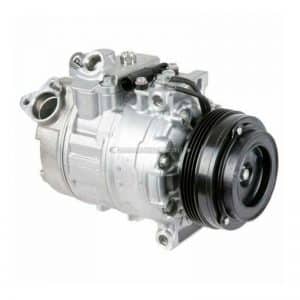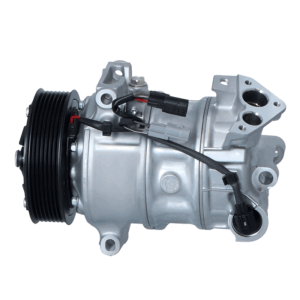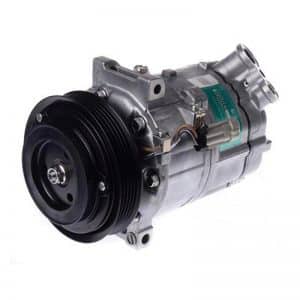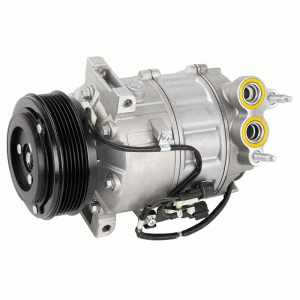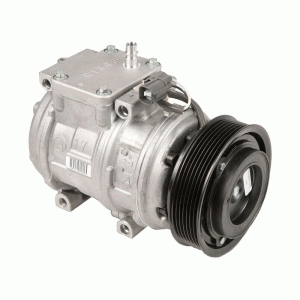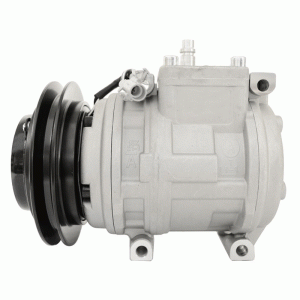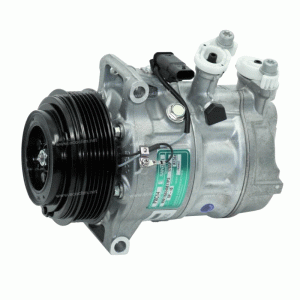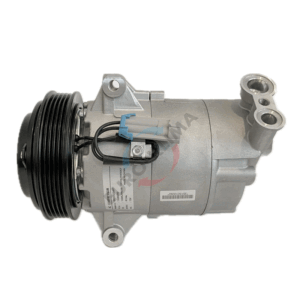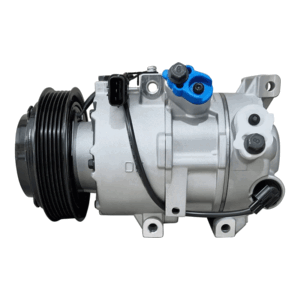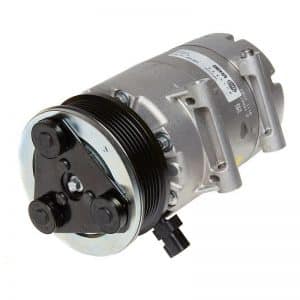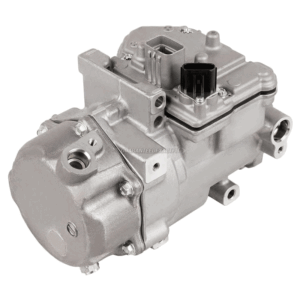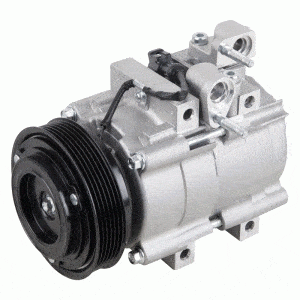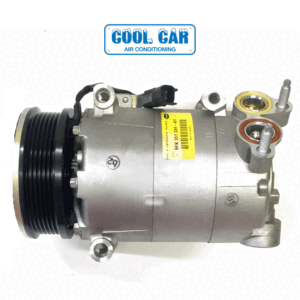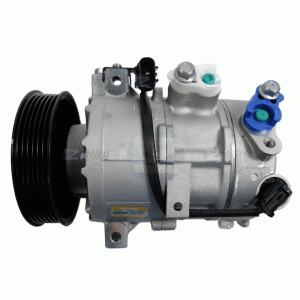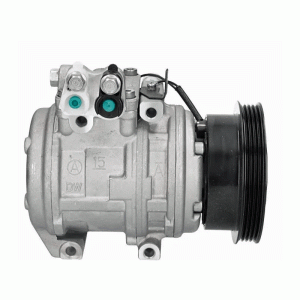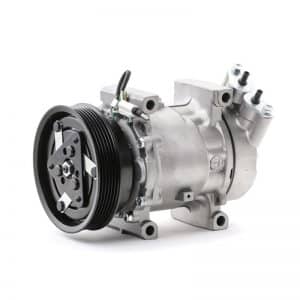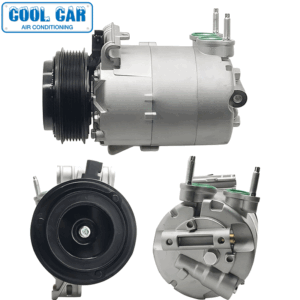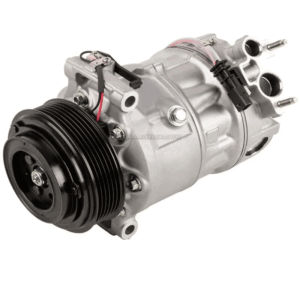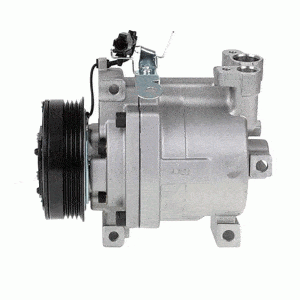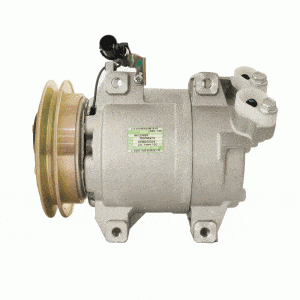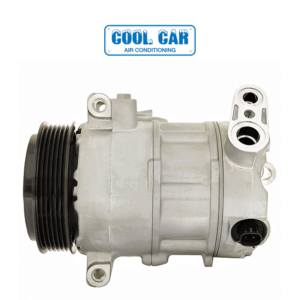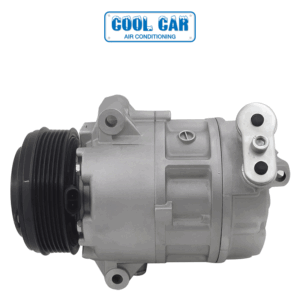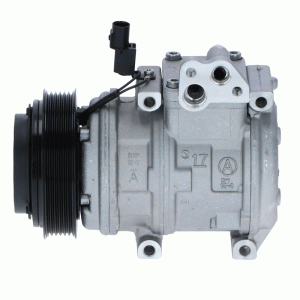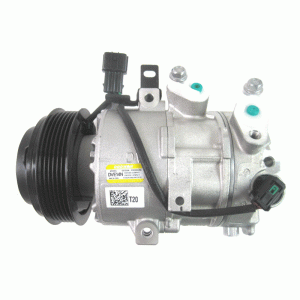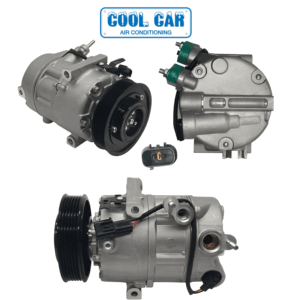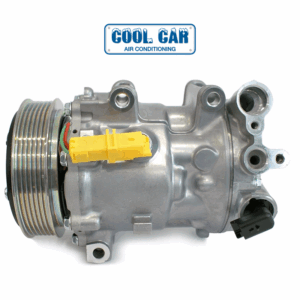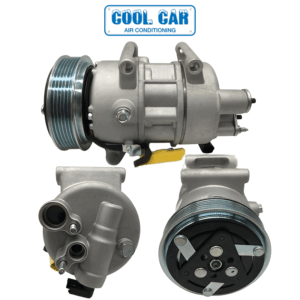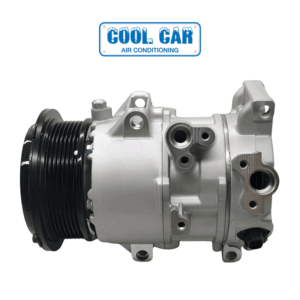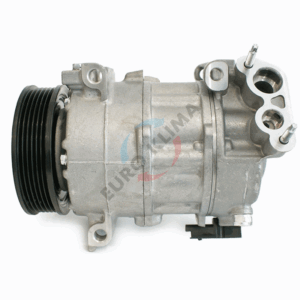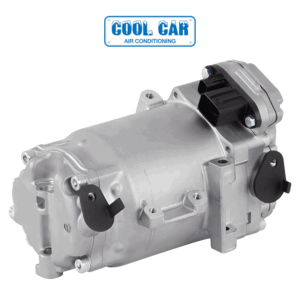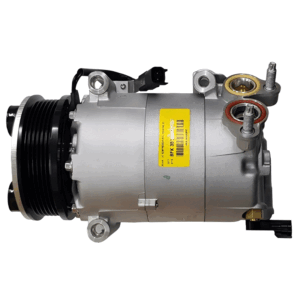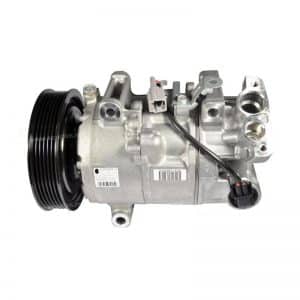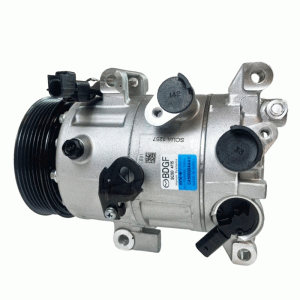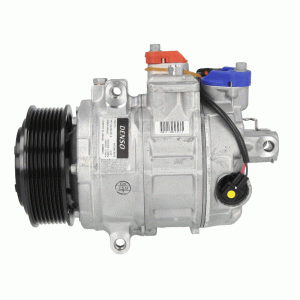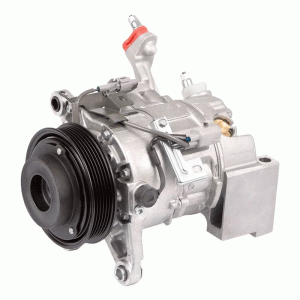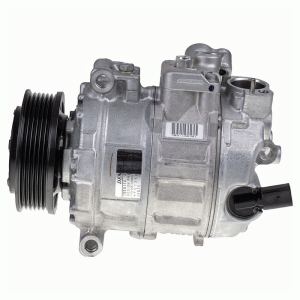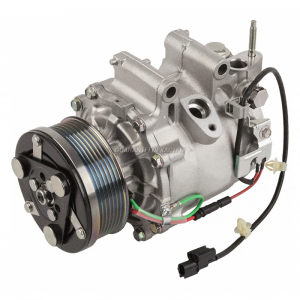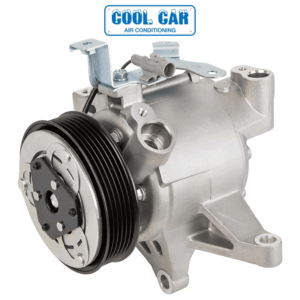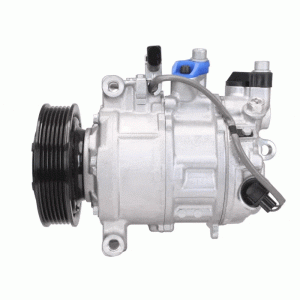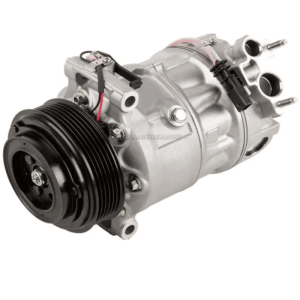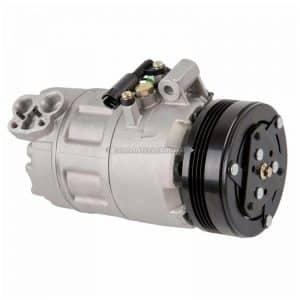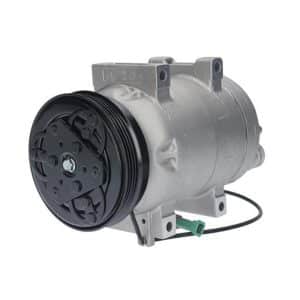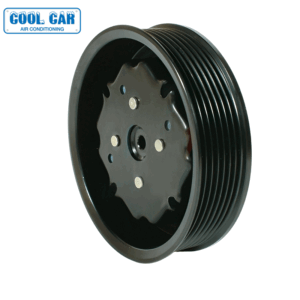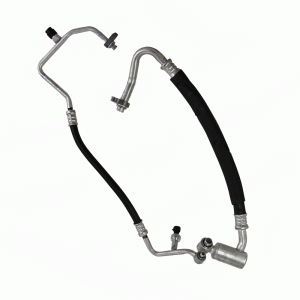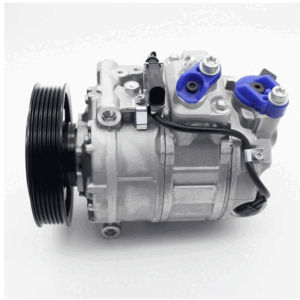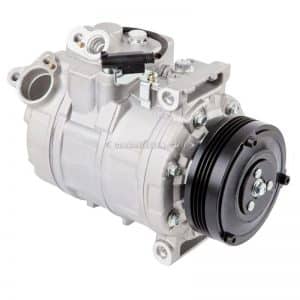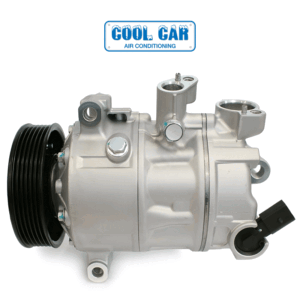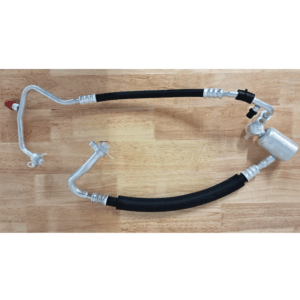Shop Smart: How to Find Genuine Car AC Parts Online in Australia
When your car’s air conditioning system stops working properly, it can make driving in Australia’s heat feel unbearable. Whether your air conditioner is blowing warm air or simply not performing as it once did, obtaining the right parts is crucial. But with so many online sellers and cheap imitations around, how do you make sure you’re buying genuine parts that actually work? Let’s break down how you can confidently buy AC parts online without wasting time or money.
1. Know What You Need Before Buying
Before adding anything to your cart, it’s worth taking a moment to understand exactly what’s wrong with your vehicle’s air conditioning system. Sometimes, the issue could be minor—like a worn-out O-ring or a leaking hose. Other times, it could be something more serious, such as a faulty compressor or evaporator.
If you’re unsure, it’s always a good idea to book a quick inspection for car AC repair. A trained technician can pinpoint the issue and tell you exactly which parts need replacing. Once you know what to look for, you can shop for the correct parts with confidence, avoiding unnecessary returns or mismatched components.
2. Choose a Reputable Online Store
There are plenty of websites offering AC parts online, but not all of them are reliable. When shopping online, look for:
- An Australian-based supplier: This ensures faster shipping and easier returns if something doesn’t fit.
- Clear product descriptions: A trustworthy site will include part numbers, specifications, and compatible vehicle models.
- Verified reviews: Genuine feedback from real customers can help you assess product quality and seller credibility.
Avoid listings that have vague descriptions, poor-quality images, or suspiciously low prices. If a deal looks too good to be true, it usually is. Genuine air conditioning parts are made to meet manufacturer standards, so paying a fair price often means better quality and longer-lasting performance.
3. Compare OEM and Aftermarket Options
When shopping online, you’ll often come across two main types of parts: OEM (Original Equipment Manufacturer) and aftermarket.
- OEM parts are made by the same company that built your car’s original components. They tend to fit perfectly and maintain your car’s performance standards.
- Aftermarket parts are produced by third-party companies and can vary in quality. Some are excellent value for money, while others may wear out faster or not fit properly.
If you’re focused on long-term reliability, OEM parts are often worth the investment. However, if you’re on a tight budget and know a trusted source, quality aftermarket parts can also do the job. Just make sure you’re buying from a seller who provides product warranties and genuine specifications.
4. Check for Warranties and Return Policies
Before finalising your order, always read the seller’s warranty and return policy. Genuine suppliers typically offer a warranty period that covers manufacturing defects or early failures. This is especially important for larger items like compressors or condensers, which can be expensive to replace again if something goes wrong.
A clear return policy also gives you peace of mind. In case the part doesn’t fit or arrives damaged, you’ll know exactly how to get a replacement or refund. Reputable sites that specialise in AC parts online will always be transparent about these details.
5. Installation and Maintenance Tips
Once your parts arrive, proper installation makes all the difference. If you’re confident with tools and have experience with your car’s air conditioning system, you can handle smaller jobs yourself, like changing filters or seals.
However, for complex components such as compressors, it’s best to leave it to a professional. A simple search for car AC repair near me will help you find a trusted local service that can fit the parts correctly and safely. After installation, make it a habit to run your AC regularly—even during cooler months—to keep the system lubricated and prevent moisture build-up.
Buy Smart, Stay Cool
Finding genuine AC parts online in Australia doesn’t have to be complicated. With a little research, awareness, and by choosing reputable suppliers, you can save time, money, and frustration. Remember, cheap knock-offs might work for a short while, but genuine parts ensure your air conditioning runs smoothly all year round.
If you’re unsure about which parts you need or need help with installation, the friendly team at Cool Car Air Conditioning is always here to help.
Visit us or contact us today for reliable car AC repair, quality parts, and professional service that will keep your car cool and comfortable wherever you go.
